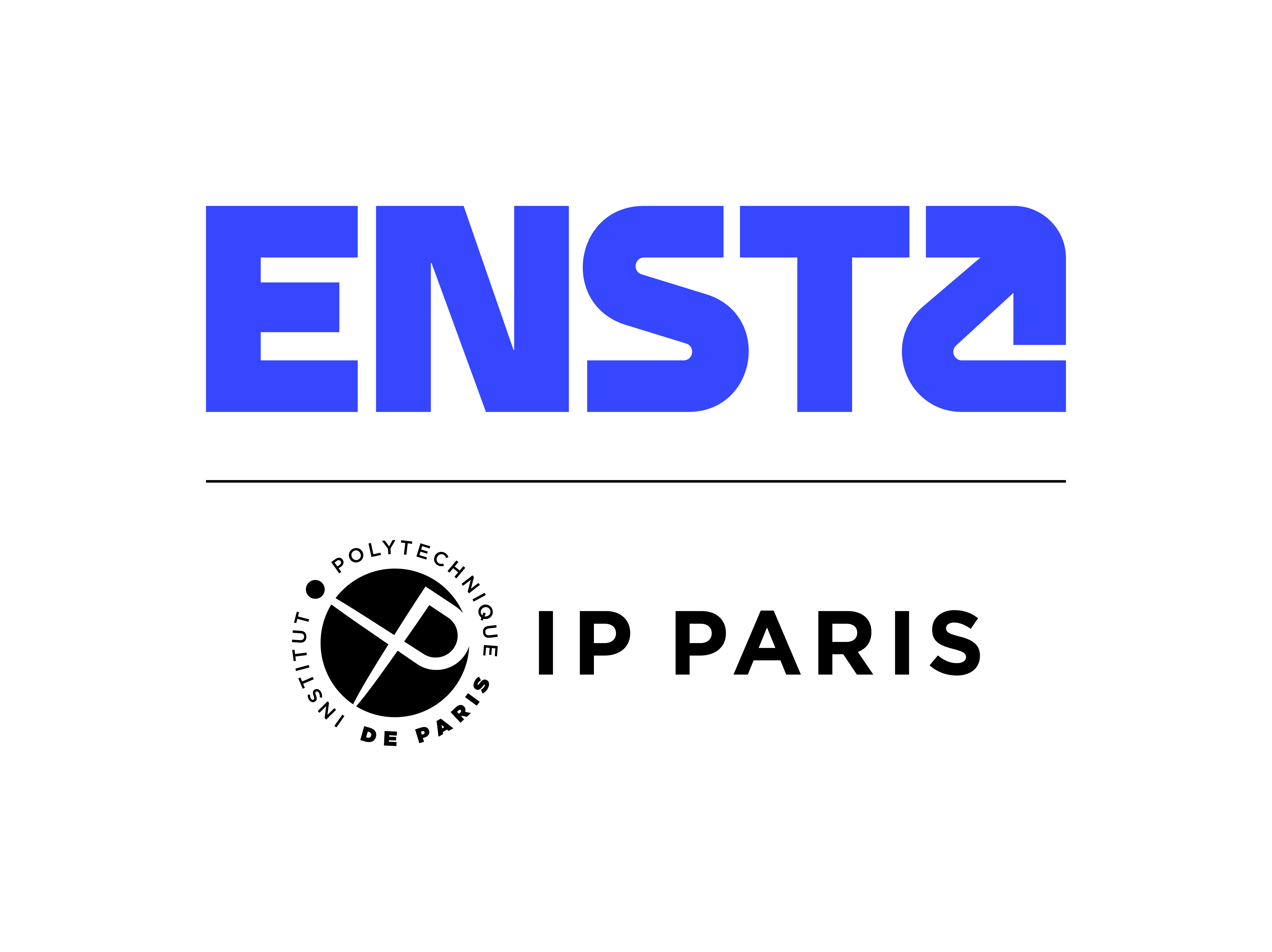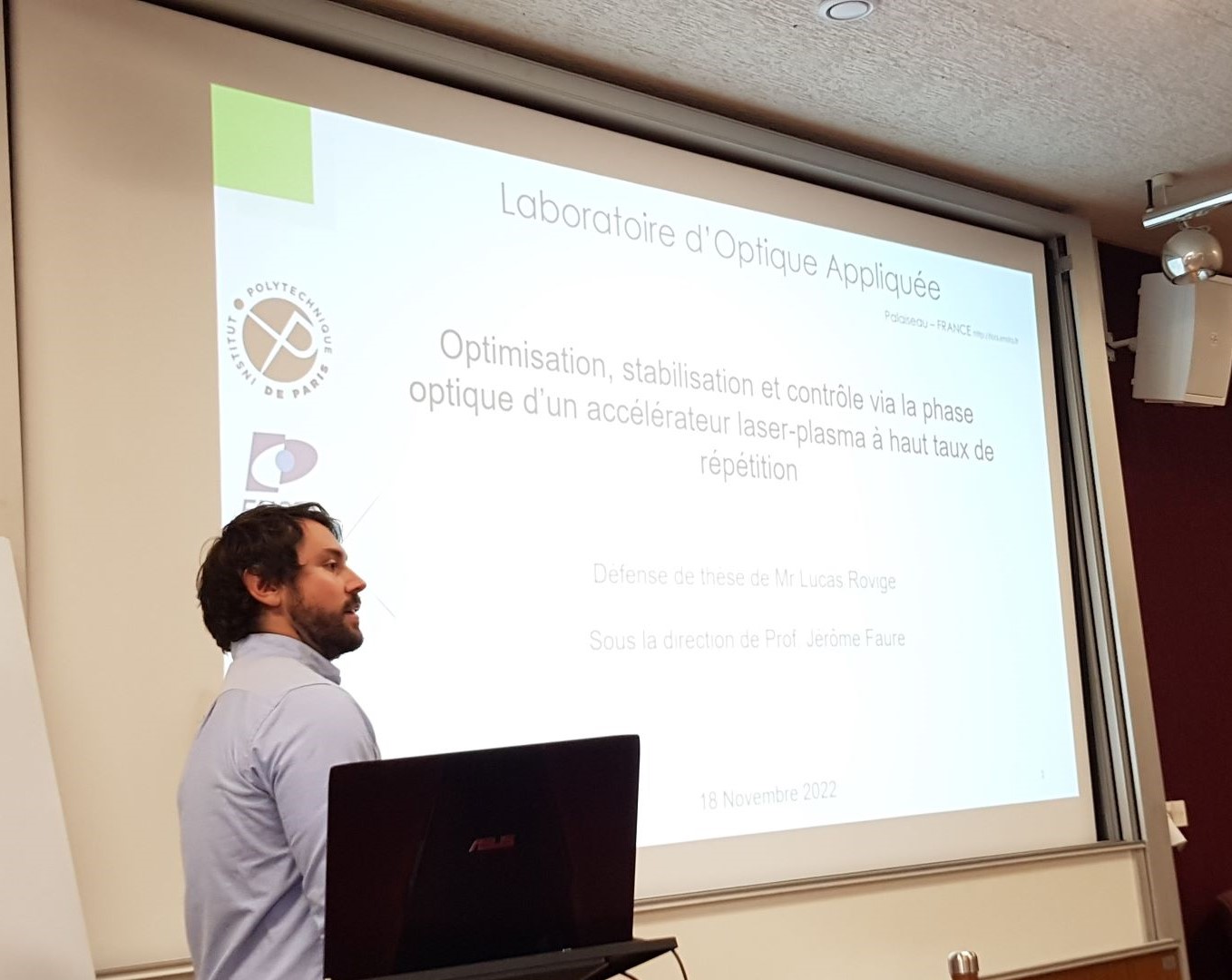Particle accelerators have countless scientific, industrial and therapeutic applications. But the size of conventional facilities, and the associated costs, considerably reduce their usability. Would it be technically feasible to replace them with laser-plasma accelerators
of much smaller dimensions?
The large size of particle accelerators in use today is due to the technology used, that of radio-frequency cavities. These are metal enclosures housing an electromagnetic field that produces limited accelerating fields, otherwise the breakdown voltage would damage the installations.
To reach the desired speeds and energies, a great deal of momentum is required, which explains the dimensions in kilometers, up to 27 for the Large Hadron Collider at CERN, straddling the French-Swiss border. If we wanted to gain several orders of magnitude in energy, we would have to increase the size of the gas pedal even further, and today we are talking about accelerators with a circumference of around 100 km, a race to gigantism whose limits are quickly becoming apparent.
How can we accelerate faster?
Another strategy is emerging thanks to laser-plasma accelerators: by using an accelerating medium that is already ionized, which is the very definition of plasma, we can avoid the breakdown limit that defines the maximum value of the electric field. An ultra-intense and ultra-short laser creates a plasma wave in this medium, and potentially reaches very high accelerating fields, of the order of a hundred gigavolts per meter: centimetric accelerators become possible.
This principle, first proposed by researchers Tajima and Dawson in 1979, is at the heart of the laser-plasma accelerators projects that the Laplace center hopes to spearhead in France. It was implemented experimentally in the mid-1990s and perfected in 2004, notably at the LOA. In 2019, a record for electron acceleration was reached with energies of 8 giga-electronvolts. However, a limitation of laser-plasma accelerators today is their low rate compared to traditional accelerators.
18 million shots without a blow
One of the challenges of Lucas Rovige's thesis was to find strategies to significantly increase these rates, starting by increasing them from hertz to kilohertz. To do this, he used the LOA's "dark room" laser system, developed by Rodrigo Lopez Martens' team, which provides 1 Terawatt pulses at kilohertz.
One of the first crucial aspects of his research was to improve the stability of the accelerator by exploring a wide set of experimental parameters to optimize the accelerator by controlling the density and plasma profile, the duration of the pulses, the type of gas and the injection mechanism used in the experiments. The goal was achieved with 5 hours of continuous autonomous operation of the accelerator without external intervention, which corresponds to more than 18 million consecutive shots.
Application in radiotherapy
With this newfound stability, Lucas Rovige was able to conduct a first experiment using the accelerator in radiation therapy, where the goal is to destroy cancer cells by irradiating them. The idea was to verify the ability of laser-plasma accelerators to serve as a radiation source in radiotherapy.
Indeed, in 2014, a team of French radiobiologists demonstrated that using short pulses with high dose rates greatly increased the selectivity of radiation therapy, reducing the adverse effects on healthy tissue. Laser-plasma accelerators allow to reach particularly high instantaneous dose rates, which makes them very interesting candidates for the implementation of this new irradiation protocol called FLASH radiotherapy.
The experiment conducted at LOA on colorectal cancer cells demonstrated that the kilohertz laser-plasma accelerator was perfectly adapted to deliver a controlled dose to a biological sample and opens the door to further studies on the role of the temporal structure of the dose in radiotherapy.
With its numerous results and a first application in radiotherapy, Lucas Rovige's thesis has largely achieved its initial objectives and opened new avenues that other thesis work at LOA will explore in order to reveal the full potential of laser-plasma accelerators.




